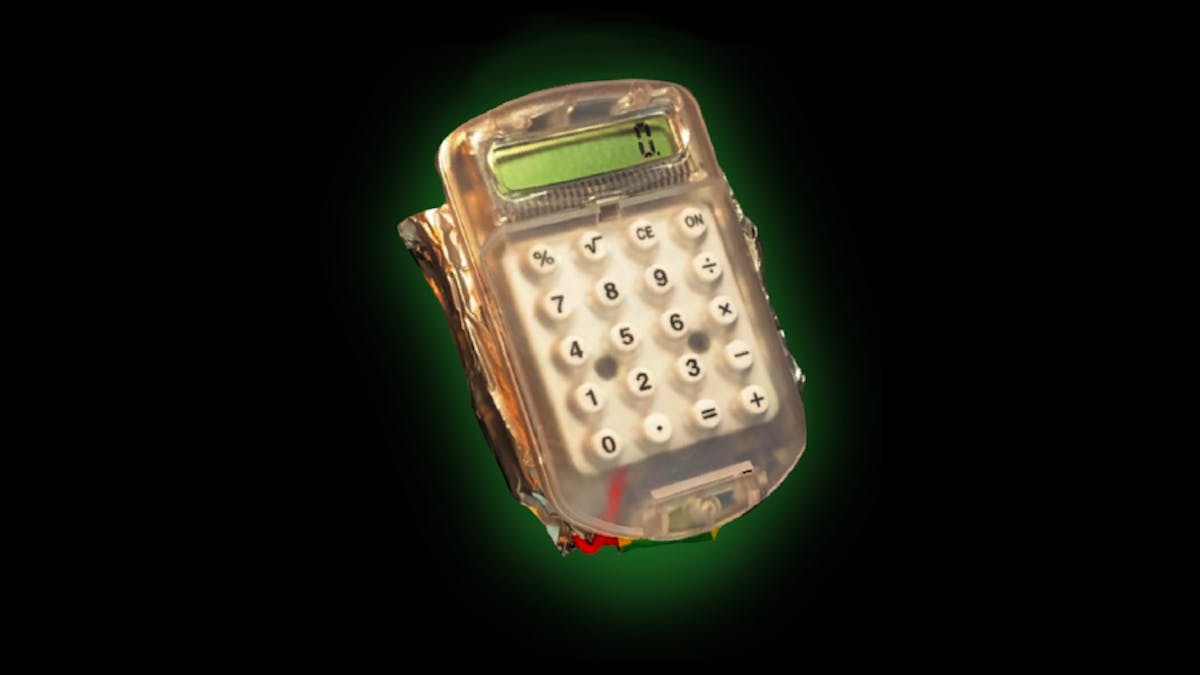Tom Farnell's "Nuclear-Powered" Calculator Has a 12-Year Half-Life — Usable for a Minute a Day
By converting the light output from a set of tritium vials into electricity, this nuclear calculator keeps on ticking — for short bursts.

Maker Tom Farnell, who says he "build[s] things that probably shouldn't exist," has put together a pocket calculator with a greater-than-10-year battery life thanks to the ongoing decay of radioactive tritium — though with a big caveat about how long you can use it each day.
"Nuclear-powered devices have been used in space exploration for decades, providing auxiliary power in areas where solar power alone is insufficient. Radioisotope thermoelectric generators, such as those powering the Voyager probes, convert heat from decayed plutonium into electricity using thermocouples," Farnell explains. "Since obtaining plutonium is not feasible, we'll employ tritium, a hydrogen isotope, which slowly decays and emits beta radiation."
Tritium, also known as hydrogen-3, is a rare radioactive isotope of hydrogen. As it decays, with a half-life of around 12 years, it gives off a visible glow — leading to its use in everything from luminescent watch faces to gun sights to novelty keychains. It's this glow which Farnell harnessed to power the pocket calculator — through the pleasingly simple but nevertheless effective approach of strapping multiple tritium vials to a solar panel.
"By utilizing low-light solar panels made of amorphous silicon," Farnell says of the technology, which includes tinfoil shielding and a capacitor to store the generated energy, "we can convert the emitted light into electricity. This technology, known as radiophotovoltaic batteries, offers a fascinating alternative for long-lasting power."

That may be true, but while the project was technically successful it comes with a major caveat: it takes a full night of charging to get one minute of usage out of the calculator. "Despite the limited power output of the tritium tubes," Farnell admits, "our tritium-powered mini calculator successfully operated for approximately one minute after charging overnight , which is a promising result considering the minimal energy generated."
Nevertheless, the calculator's radiophotovoltaic battery does, as promised, offer a shelf-life of more than a decade — with more details available in Farnell's write-up on Hackaday.io.
Freelance journalist, technical author, hacker, tinkerer, erstwhile sysadmin. For hire: freelance@halfacree.co.uk.


